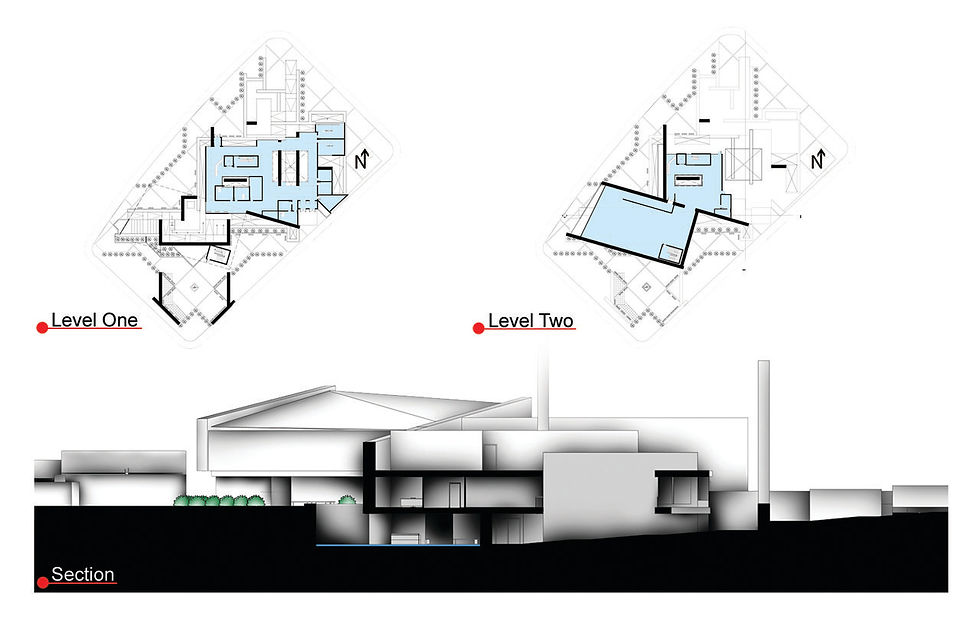Gaza City
Site: Gaza City, Palestine
Building Type: Community Center
Project Type: Graduate Thesis




Spirituality and architecture have always been intrinsically linked. From the ziggurats of Ur in Iraq to the Gothic Cathedrals of the 11th and 12th centuries to our modern day super churches, human civilization has always built to reach the heavens both physically and metaphysically. Our species is fascinated by that which we cannot explain. This fascination has manifested itself in extraordinary achievements in the realm of construction. In order to fully understand this concept, we must also analyze secular designs. The sense of awe and spiritual connection exist even in the most temporal of spaces. This work analyzes how various architectural attributes influence our interpretation of a space. It argues that an entity blessing a space does not necessarily make it spiritual or holy, but that it is the designer along with adherence to cultural predispositions that leads to this outcome.
All space should carry the same spiritual attributes. Some belief systems place less emphasis on places of worship to the highest religious standard while others are not concerned with the edifice or spaces in which they venerate. In order to fully understand the full meaning of a space, the belief system along with the architectural attributes must be researched. In order to understand architecture, it is essential to understand the culture in which it was created. As cultures, belief systems and architecture are researched, commonalities among religious symbolism in architecture start to come into view.
This discussion is not limited to the built environment. It also strives to explain the spiritual connection between man and the natural environment. Aspects of the natural world that have awed humans have been incorporated into spiritual architecture. Things like light, proportion and climate, along with many others, greatly influence a person’s interpretation of a space whether natural or manmade.
Why have so many civilizations deemed it necessary to build for spiritual reasons? Are humans hardwired to attempt to fill a psychological void built into their physiology? Koonce explains it by saying: “humans build to make transparent the boundary between matter and mind, flesh and spirit.” Without going into a discussion of why people choose faith, the work will discuss how faith has motivated humans to construct churches, mosques and other types of spiritual architecture. Along the same lines, we begin to understand why man has built in particular ways.
Studying many precedents will help develop a list of attribute or elements of spiritual architecture. The result is a vernacular, a language. This language can be applied to a secular space and evoke the same type of awe as one would experience in a holy place. If this can be done, the “holiness” of a place begins to lose its shift.
The conclusions help build an understanding of our spiritual attachments to architecture. Not just the history of the topic, but an understanding of why the world is the way it is. This helps us in the design of countless other building types. The development of a public space using some of these commonalities will result in an engaging space that is does not adhere to a particular denomination but to a set of rules proven to affect all occupants on a deep, meaningful level.
Stay featured or remove this badge.